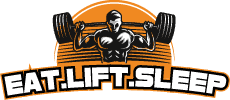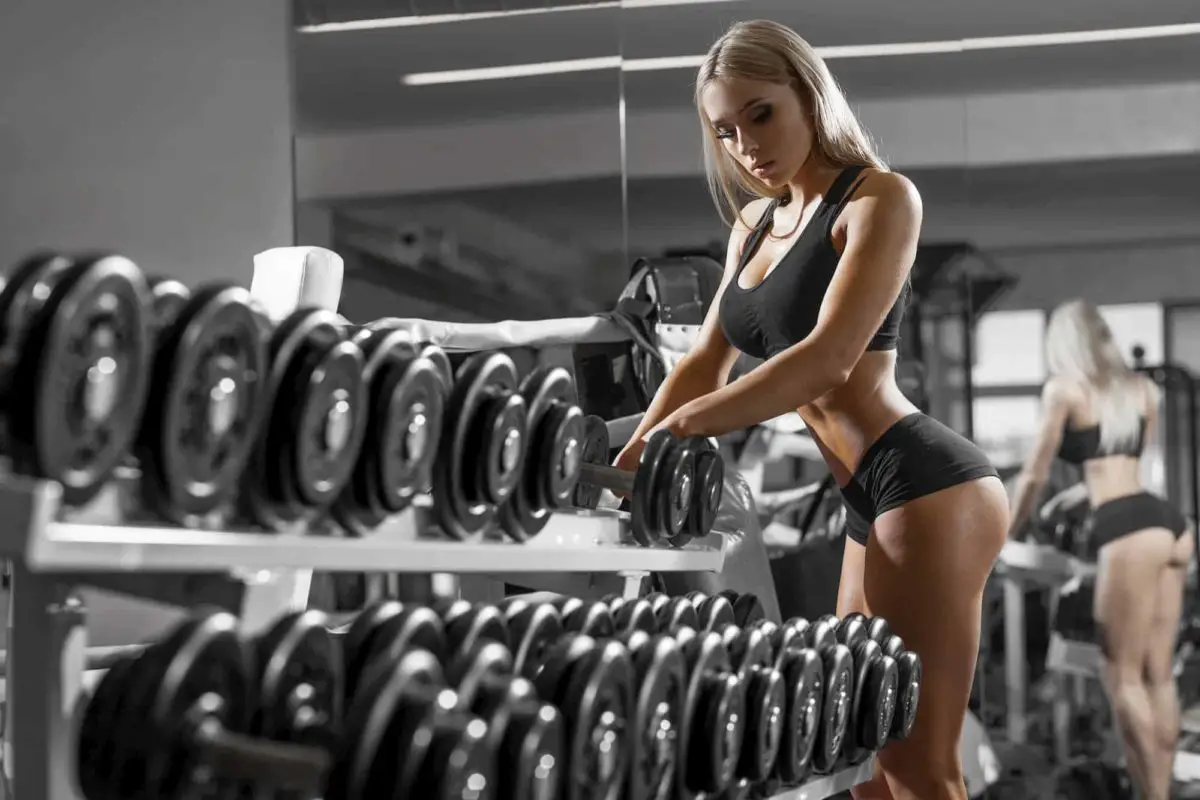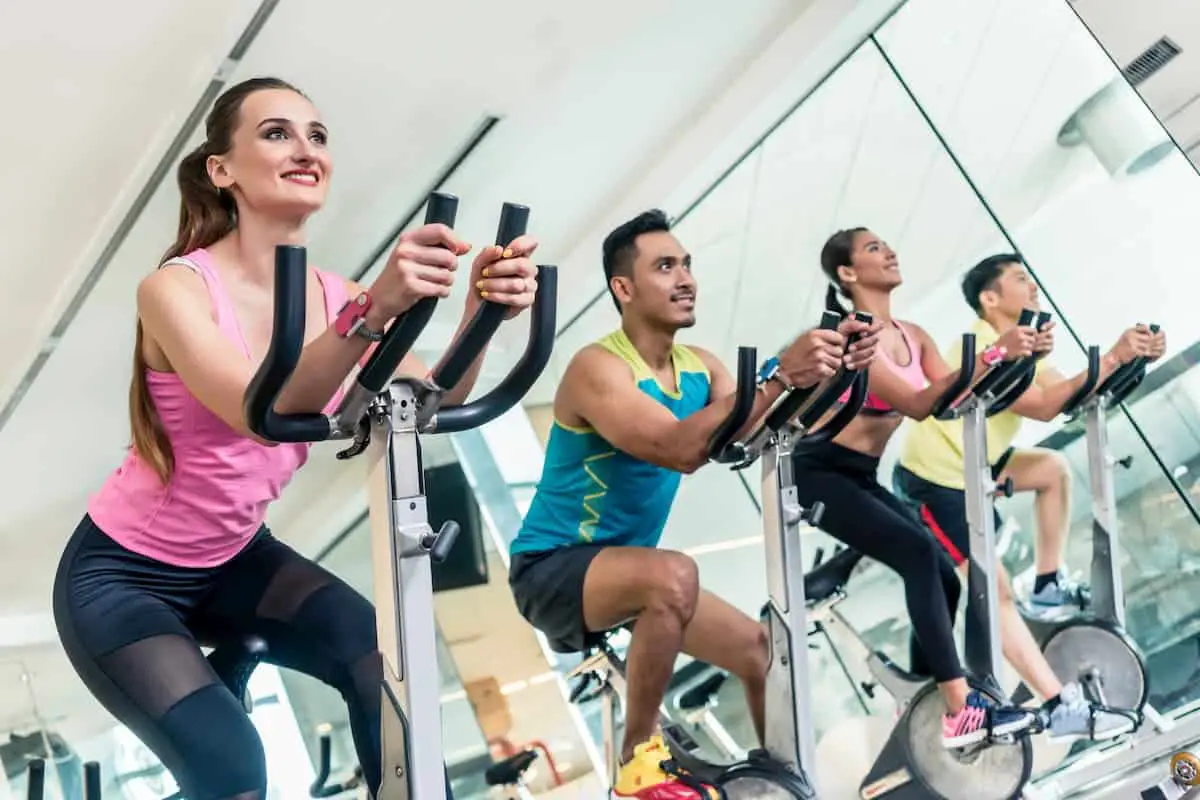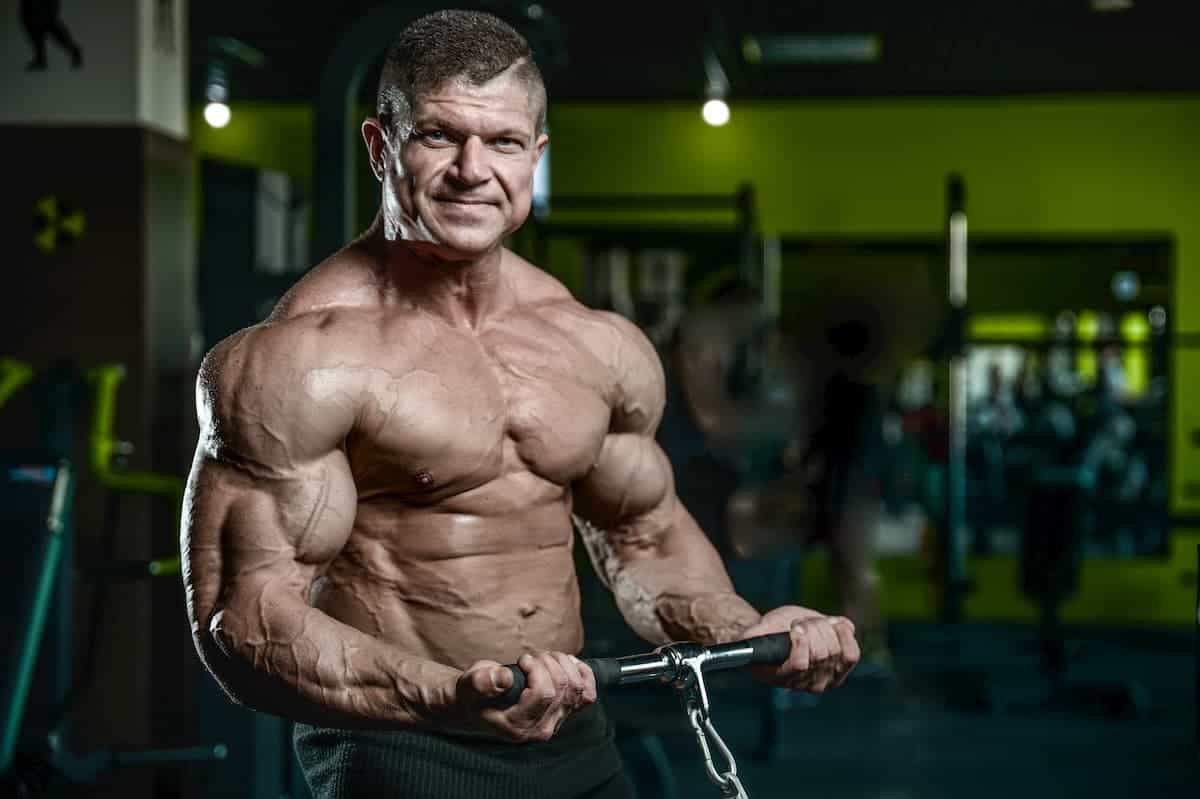From Kate Moss to JLo and Kim Kardashian, our bodily ideals evolve from decade to decade. Sure, we all want the fittest form of every muscle group, but focus shifts sometimes from abs to pecs to shoulders to butts.
We are in the era of the butt. And, to a point, for many people bigger is better. Or, at least, no one wants a flat butt. So then, why is my bum getting flatter?
Sedentary lifestyles and, ironically, intense cardio activity that burns fat that fills parts of your butt can cause a flat butt. You can build the butt you want by building your butt muscles — your glutes. Building a bigger or better butt takes targeted effort and careful attention to form.
Here’s what you need to know about your flat or shrinking butt, and how to transform or build it. Fair warning four big pieces of building a better butt are patience, effort, form, and managing expectations.
Why is My Butt Shrinking?
A butt that is shrinking and not on purpose because you’ve targeted it for fat burn can be explained in several ways. Only some of them are within your control.
Some factors that contribute to flatter or disappearing butt are age, gravity, genetics, and weak gluteal muscle… even something called dormant butt syndrome.
Those first few factors age, gravity, and genetics are not things you can do anything about.
But you can work on your weak gluteal muscles and, by doing so, maximize your genetic gifts no matter what age you are and despite the inexorable forces of gravity.
How to Target Your Gluteal Muscles
Your gluteal muscles are surprisingly easy to overlook and to ignore, hidden as they are beneath your butt cheeks (no matter how large or small those cheeks are).
Anatomically, they are difficult to target in isolation, and we tend to lean on other muscle groups to do some of the work that our glutes should be doing or target other muscle groups when we should really be trying to focus more on our glutes.
Those other muscles that tend to get more of the attention and effort that our glutes need include our back, quadriceps, and hip flexors.
All important, to be sure. Hitting them all hard is a good thing, but not at the expense of your glutes.
If your butt is shrinking, it may be because you’re just missing the gluteal mark with all your effort.
What are examples of exercises that we’re commonly doing in an effort to boost our butts, but that are actually missing the mark?
Leg presses and body-weight squats are common exercises by people looking to boost their butts, but actually target the quadriceps, which do most of the work involved in the motion.
Both exercises can benefit your butt, but only with the proper form.
Aside from exercising in ways that don’t focus on your gluteal muscles, what contributes to a flat butt?
Dormant butt syndrome is a condition characterized by gluteal muscles that are too weak. How does that happen?
Some contributing factors include: spending too much time in a seated position, sleeping in the fetal position (on your side), and lack of exercise altogether.
My Bum is Flat. How Do I Make it Bigger?
Let’s break down some workout habits that may be preventing you from getting the butt you’re looking for.
At the same time, we’ll look at how to tweak your workout to target exactly the results you want.
You’re Doing Squats Wrong
Specifically targeting your glutes means paying specific attention to your form while doing squats.
Before worrying about how low you’re getting, focus on getting your body aligned properly.
Here are five DO’s to squats that will boost your booty:
- Face forward, not downward, and keep your chest up, wide, and forward
- Plant your feet at least hip-width apart and, at the other end, hold your shoulders back without allowing them to round forward
- While going through the motion of sitting down onto a chair, bend your legs but keep your heels planted to the ground and your back straight
- At your lowest point, your thighs should be parallel with the floor and your knees above your ankles (and no further forward than your toes).
- Your knees will have a tendency to buckle towards each other as you squat. Resist that tendency.
Here are some DON’Ts to avoid if you want squats to transform your butt:
- Don’t forget to clench your muscles before starting the squat.
- Don’t do squats after exhausting yourself with cardio exercises like running, the elliptical or spinning
- Don’t push back up until your thighs have reached the point where they’re parallel to the flower or lower (but don’t worry about the depth of your squat until you’ve got the form nailed)
- Don’t forget to take rest days — more on that later
Not Enough Weight
Body-weight squats alone will not build your gluteal muscles if you’re looking for a bigger butt. The weight simply isn’t heavy enough to challenge the gluteal muscles.
At too low a weight, you’re essentially doing cardio exercise that will burn fat and there’s plenty of that in your butt which may move things in the opposite direction than the one you’re looking for when it comes to your butt.
To build your butt, continue doing squats, but with heavier weights and fewer repetitions.
Add in other exercises such as Olympic squats, barbell hip thrusts, and trap-bar deadlifts.
How many should you do? Your goal is to repeat the motion to the point of exhaustion but only for so long as you can maintain proper form.
Repeating Exercises
The best way to a better butt is not to repeat the same exercise daily — especially if that exercise may not be quite on point.
You can target the glutes — the gluteus maximus is the largest muscle in your body — more comprehensively and with less risk of boredom by mixing up your routines.
Spend a few workouts each week on squats, lunges, hip hinges, and other targeted resistance training, for sure.
But spend a couple of workouts each week on cardio exercises that will also engage your glutes.
Things like stair-stepping, running, and hill climbing.
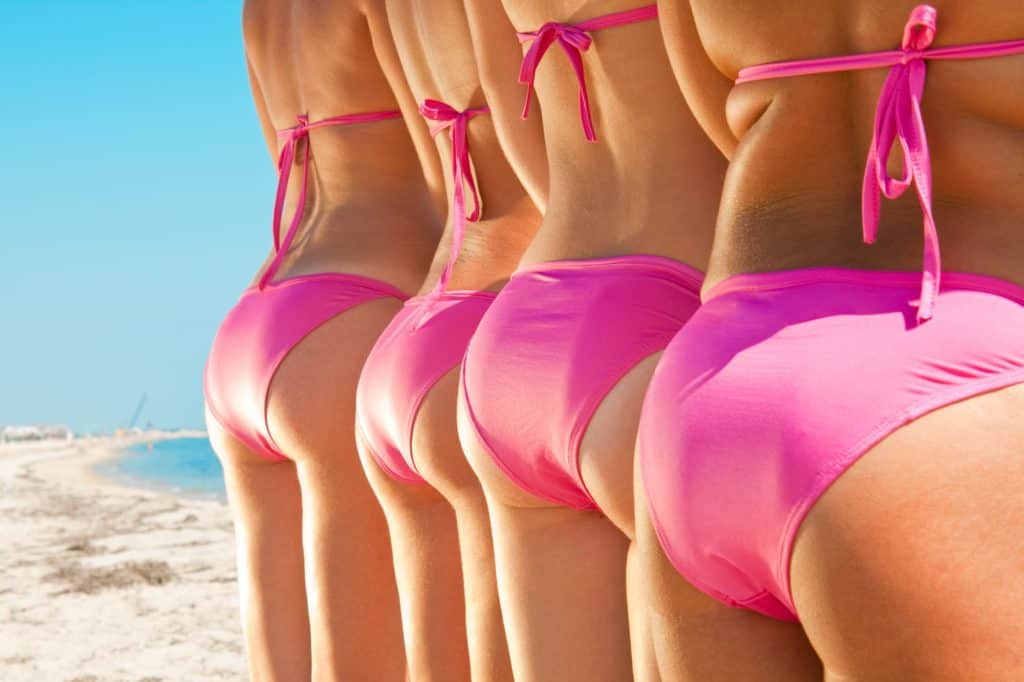
You’re Eating and Resting Wrong
What’s true about exercise generally is true about exercising and trying to build or shape your butt. The fuel is important to the effectiveness of the exercise.
Focus on consuming lots of vegetables, lean proteins, and positive fats. Avoid processed foods and sugars.
Doing glute-targeting exercises properly with heavier weights is going to result in significant activation of your butt muscles.
With activation comes breakdown and muscles tears in those butt muscles that, with healing after recovery, comes with muscle growth.
That repair process takes time — as much as one and one-half to two days. What does that mean for working out your butt?
You can’t do it every day and expect to be able to keep doing it without pain and risk of injury.
Once you’ve amped up the weight while still respecting the form of your butt-building routines, skip your butt twice a week.
But don’t just sit there —think active rest, and work in some foam rolling, massage, yoga, or other stretching routines.
Resist the Need for Insta-Gratification
The glutes are a massive muscle group hidden under your butt cheeks. Targeting them means pushing hard against sedentary lifestyles featuring a lot of sitting. It’ll be awfully easy to slip off your form, and miss the mark.
Progress will be slow. It will be much slower than the time it takes to log into your Insta and to check out the butts of your social media idols.
One thing we know for sure. Checking your Insta feed will not build your butt. Just do the work.
Manage your expectations. Your goal should be to maximize the strength and shape of your butt within the confines of factors you can not control — things like genetics and your frame size. Are you a fan of Kayla Itsines?
So many people are. Try as she might, she’ll never be able to have the butt of, say, Kim Kardashian. Genetics and frame size won’t permit it. Be fair to yourself, and put in the work to maximize what you’ve got.
Can Squats Help in Burning Fat and Achieving Super Results in Workouts?
Squats are excellent exercises that can contribute to super fat burning workouts. By engaging multiple muscle groups, like the glutes, quads, and core, squats help increase overall calorie burn, promoting fat loss. Moreover, they boost metabolism and increase muscle mass, which can lead to a more efficient fat burning process. Incorporating squats into your workouts can definitely help you achieve your fitness goals.
Final Thoughts on Why is My Bum Getting Flatter
Building a better bum can be a time-consuming process but in the end, can help you improve your own self-image and hopefully lower any feelings that you aren’t amazing.
Take the time to work hard and eat right and you can see the results firsthand.
The focus and dedication required will be good to push yourself to your maximum potential and get you out in your bikini body with a popping booty!
